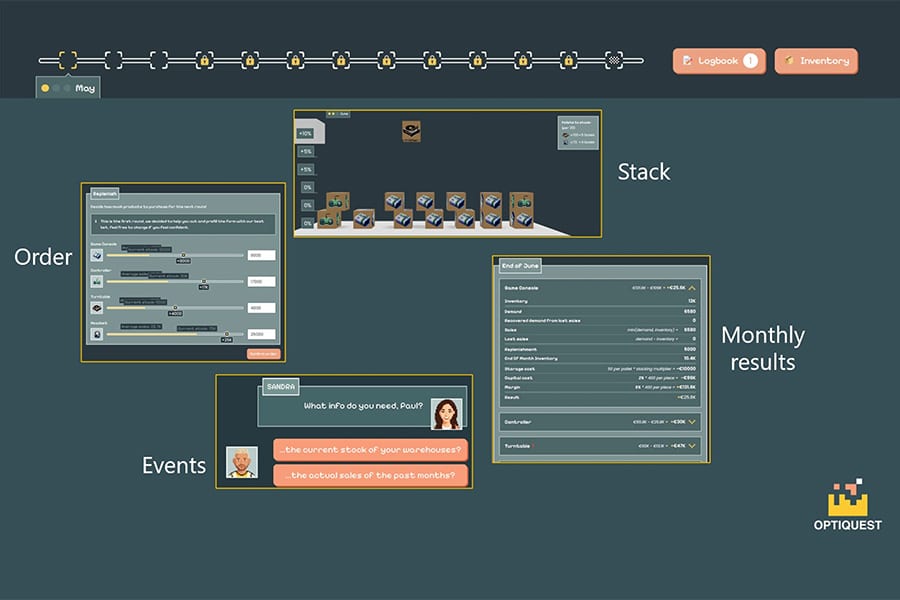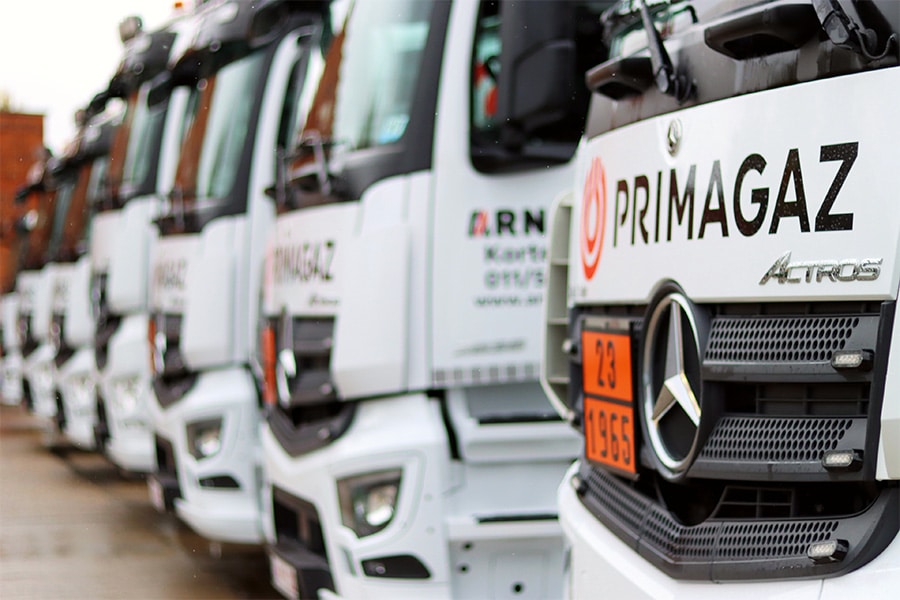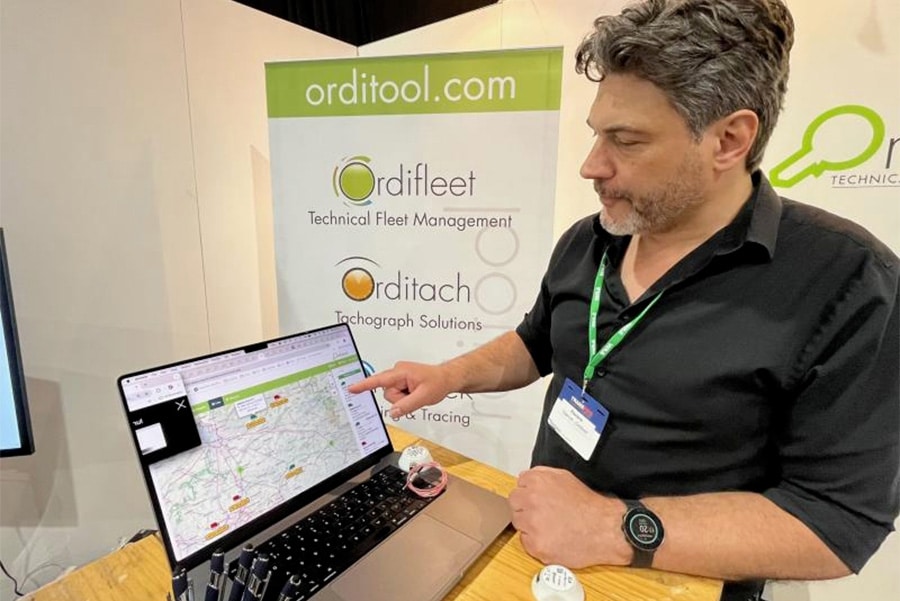
Corporate Sustainability Reporting Directive (CSRD): from lack of transparency to transparency
By: Eric Geerts, Senior Director product management, TMS, carrier connectivity and ports at Descartes Systems Group
On Jan. 5, 2023, the Corporate Sustainability Reporting Directive (CSRD) came into force in the European Union. A broader group of (listed) large, small and medium-sized organizations are now required to report in detail on their impact on people and the environment, such as their carbon emissions. This will give investors, civil society organizations, consumers and other stakeholders access to the information they need to assess the impact of organizations. Organizations will have to apply the new rules for the first time in fiscal year 2024, for reports published in 2025.
90% of all emissions caused by scope 3 activities.
Within this CSRD, scope 1, 2 and 3 are considered. Scope 1 are emissions released directly from sources owned or managed by an organization. Scope 2 are indirect emissions from energy, released from the production of purchased electricity, heat and steam consumed by the organization. And scope 3 are all other indirect emissions in the organizations supply chain. These indirect emissions account for by far the largest share of all emissions worldwide: a whopping 90%.
Still a lot of ambiguity and lack of transparency
Transportation and logistics is the only sector where greenhouse gas emissions have increased over the past three decades: between 1990 and 2019 by 33.5%. But the information that organizations now report on sustainability is insufficient and of insufficient quality. First, it is difficult to compare reported information from different organizations. And second, users are often unsure whether the information can be trusted. This leads to a delay in the adoption of more sustainable business strategies, when the need is becoming increasingly urgent.
There are several reasons for this. The reporting methods used are still not always accurate and average figures are often used. For example, many organizations have no idea what type of vehicle and type of fuel their carrier uses. And if different modes of transportation are used within one transport, it becomes even more complex, especially if it involves international transport by sea and air. Also, organizations often collect information manually when creating reports.
Furthermore, when making transportation decisions, organizations often look primarily at cost and carrier preference. Organizations should also include the sustainability of their decisions, such as carbon emissions, as an important criterion. This means that the best carrier is not just the one offering the lowest price or the best service, but also the one with the lowest environmental impact. Many organizations are not yet conscious of this. I think the CSRD is an important incentive, especially if governments not only start making sustainability reporting mandatory, but also introduce controls.
Sustainability reporting should not just be driven by laws and regulations. It can be a competitive advantage if organizations can deliver climate neutrally, especially as more consumers and customers would like to see this. Organizations that partner with green suppliers will find that it positively affects their own sustainability impact. And if organizations provide high quality and reliable public reporting, I believe it will contribute to a culture of greater public accountability.
Towards greater transparency
Organizations do still need to take steps to enable transparent sustainability reporting. Organizations can already use existing standards within ISO or GLEC that outline how best to calculate emissions, but more concrete CSRD standards will further facilitate this process. Organizations should look at what data they already have available and what existing solutions can make that data insightful. To map carbon emissions from transportation, applications such as a transportation management system (TMS) help collect data and do the right calculations by using different types of master data. Or consider real-time tracking tools to more specifically determine what route a transport has taken to more accurately calculate CO2 emissions. Making this data insightful not only helps to report on emissions, but also to optimize transports. For example, by placing more goods in one transport, your organization can directly save on emissions and costs.
Measurement and optimization capabilities are still in their infancy, but over the next 10 to 30 years we will see significant advances. The ball is rolling now, and organizations that embrace these developments will experience benefits and lead the way.




